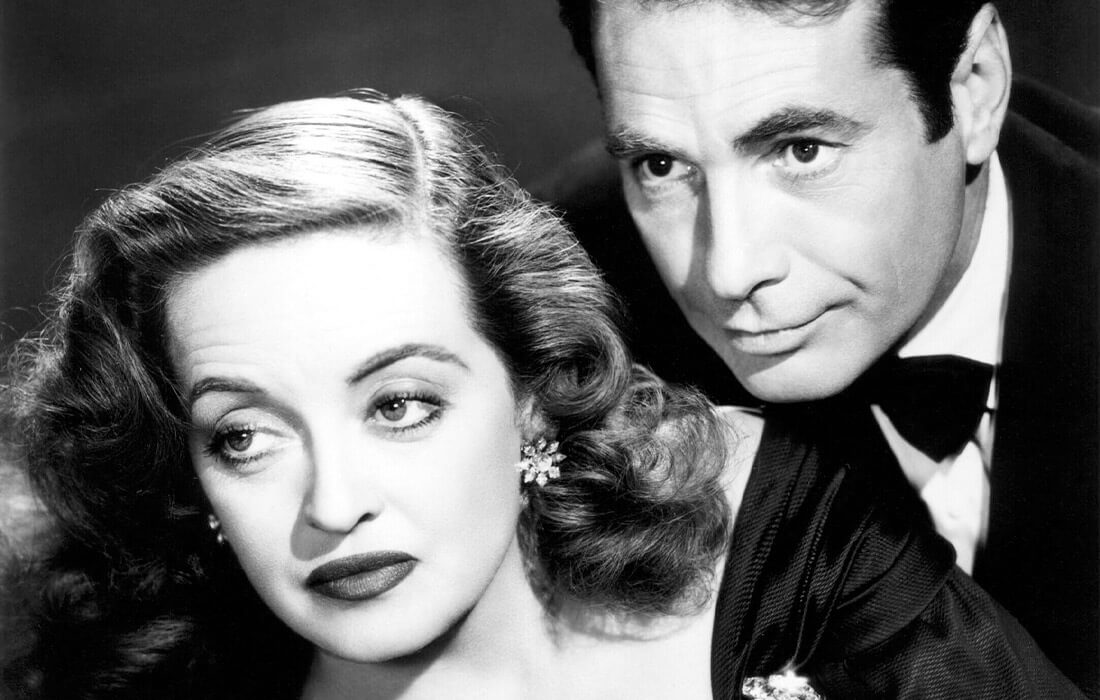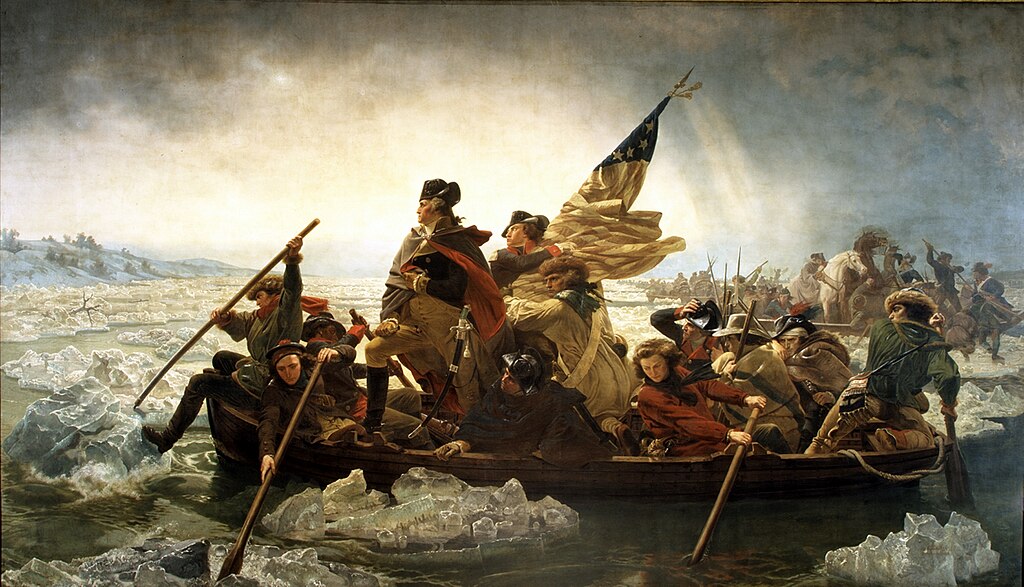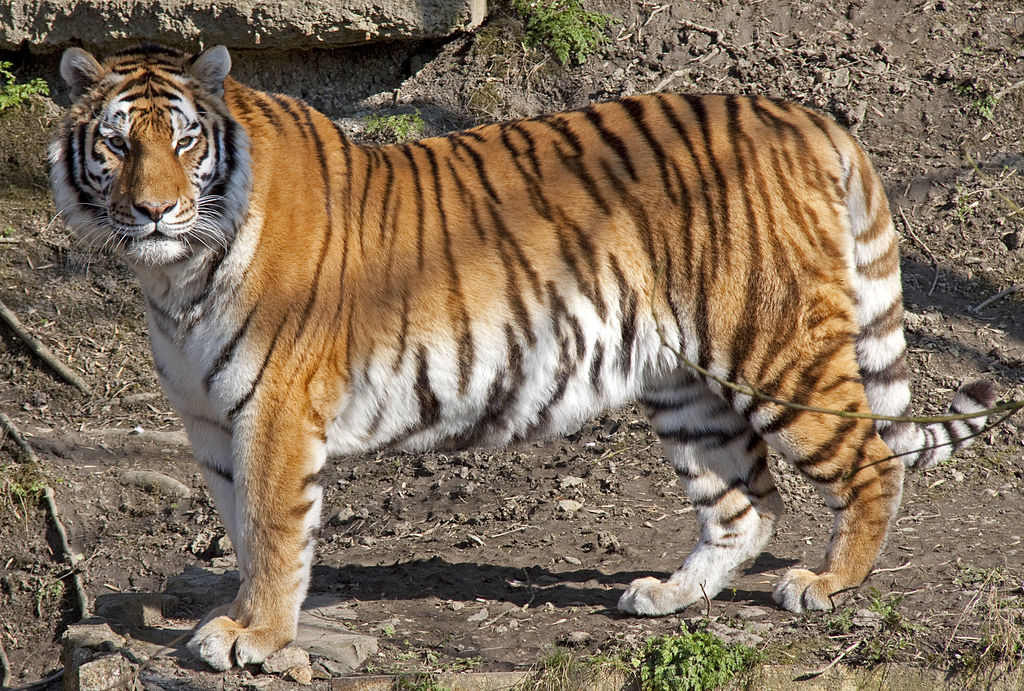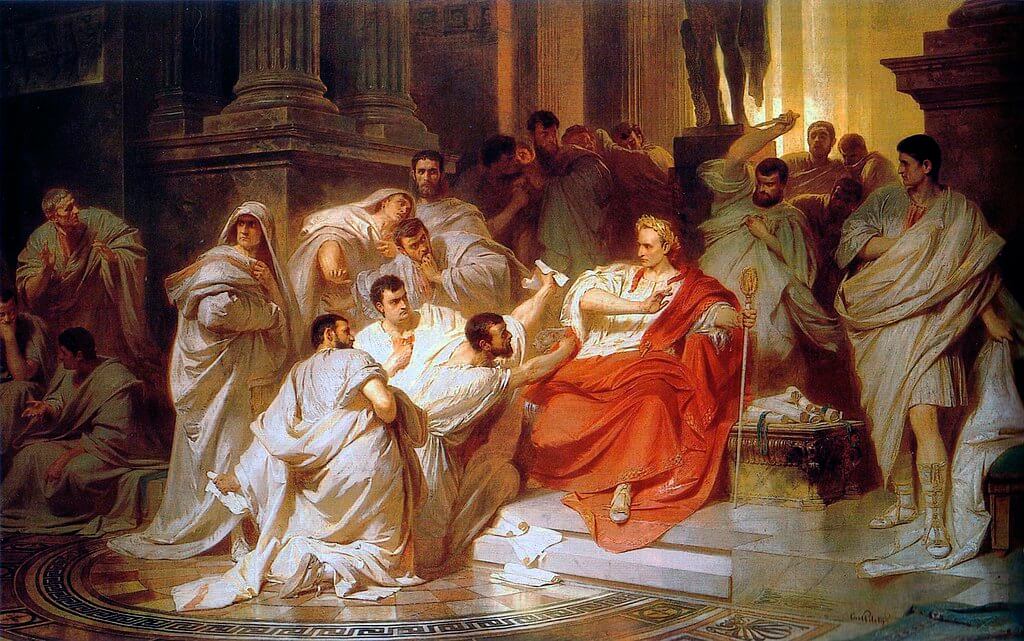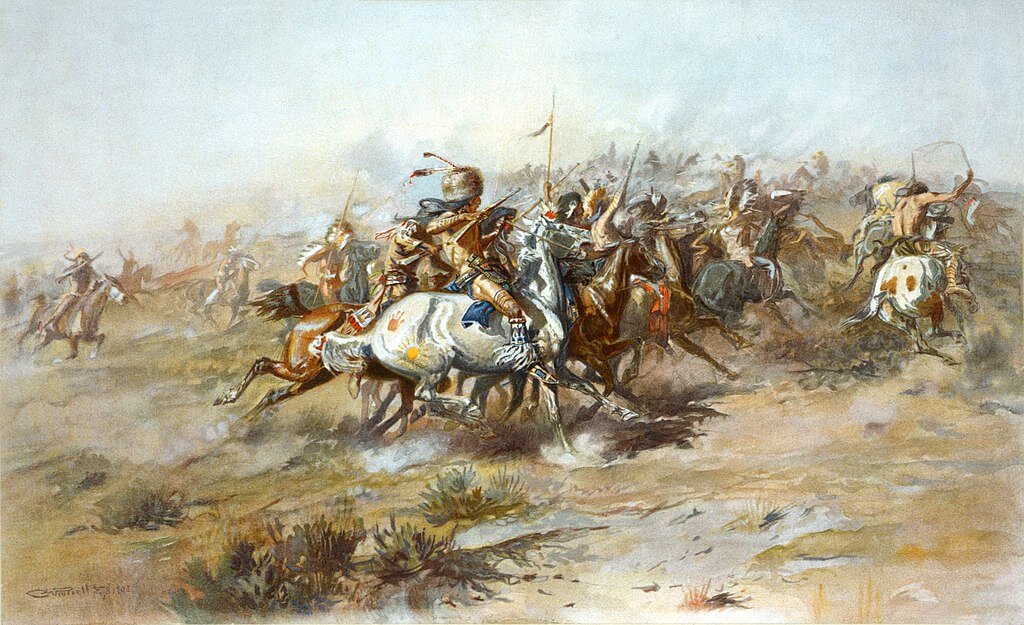
Untold Perspectives: Delving Deeper into the Battle of the Little Bighorn
The Battle of the Little Bighorn, also known as Custer’s Last Stand, was a historic confrontation between the United States Army and an alliance of Native American tribes, including the Lakota Sioux, Northern Cheyenne, and Arapaho. The battle took place on June 25-26, 1876, near the Little Bighorn River in eastern Montana Territory. Although the event is well-known for the defeat of General George Armstrong Custer and his troops, there are lesser-known stories and facts that provide a more nuanced understanding of this momentous clash.
One lesser-known aspect of the battle is the role played by Native American scouts serving the U.S. Army. The army enlisted the help of Crow and Arikara scouts to track down the Native American forces led by Sitting Bull, Crazy Horse, and other prominent leaders. These scouts had their reasons for siding with the U.S. Army, often rooted in inter-tribal conflicts and the desire to protect their own people. One such scout was Curly (Ashishishe), a Crow warrior who, despite his allegiance to the U.S. Army, would later recount the battle’s events from a Native American perspective.
Curly was among the few scouts who survived the battle, and his accounts provided valuable insight into the Native American side of the story. He described the overwhelming force of the allied tribes and their determination to protect their way of life. Curly also highlighted the tactical decisions made by the Native American leaders during the battle, which contributed to their victory. His account emphasized the unity and strength of the Native American forces, a perspective often overshadowed by the focus on Custer’s defeat.
Another lesser-known fact about the Battle of the Little Bighorn is that Custer’s troops were not the only U.S. forces engaged in the conflict. While Custer and the 7th Cavalry were the main focus, Major Marcus Reno and Captain Frederick Benteen were also leading detachments in the area. Both of these officers faced significant challenges during the battle, with Reno’s detachment suffering heavy losses as they tried to cross the river and engage the Native American forces. Benteen, on the other hand, was unable to provide timely support to Custer’s troops, which contributed to their defeat.
The experiences of Reno and Benteen during the battle highlight the complexity of the engagement and the difficulties faced by the U.S. forces. Their stories offer a broader understanding of the events that unfolded during the Battle of the Little Bighorn and the strategic decisions that shaped its outcome.
In conclusion, the Battle of the Little Bighorn is a complex event with a multitude of stories and perspectives that often go untold. By examining the experiences of individuals like Curly and understanding the broader context of the battle, including the roles of Reno and Benteen, we gain a richer understanding of this pivotal moment in American history and the diverse people whose lives were forever changed by it.


